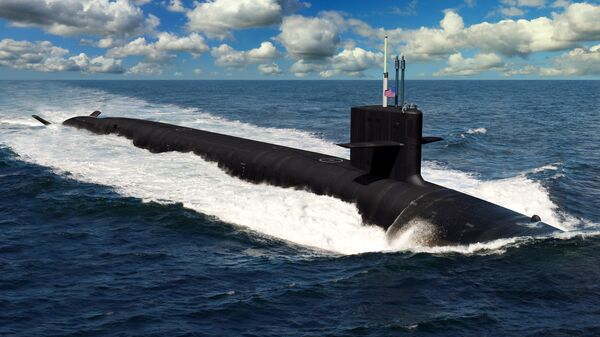The US military’s deployment of the new W76-2 nuclear warhead on Trident ballistic missiles carried by the Navy’s strategic missile submarines is aimed at giving the president “options” in military planning, Secretary of Defence Mark Esper has said.
“Low-yield nuclear weapons give the president options. We always want to give options. Options allow us to deter conflict, at the end of the day we want to deter conflict. But if necessary we want to be able to fight and win,” Esper said, speaking alongside Colombian Defence Minister Carlos Holmes Trujillo in Washington on Friday.
Late last month, US nuclear watchdog the Federation of American Scientists reported that the W76-2, a nuclear warhead with a yield of up to five kilotons, had been deployed aboard the USS Tennessee, which began patrolling the Atlantic earlier this year. A second W72-2-armed sub may be patrolling the Pacific.
Commenting on the deployment, FAS warned that although the nuclear weapon has been touted as a deterrent to Russian battlefield nukes, it’s actually “much more likely that the new low-yield weapon is intended to facilitate first-use of nuclear weapons against North Kora or Iran” amid an increasingly assertive US nuclear posture.
In the 2018 Nuclear Posture Review, the Pentagon mentioned the prospect of using nuclear weapons in the event of “large-scale conventional aggression” against the US or its interests.
The Trump administration has taken a number of steps recently in shifting US nuclear policy, scrapping the Intermediate-Range Nuclear Forces Treaty, a landmark 1987 document aimed primarily at reducing the risk of nuclear war in Europe, in 2019, and showing reluctance to discuss the renewal of the New Strategic Arms Limitation Treaty (New START) with Russia, which is set to expire in early 2021. Washington has also continued its deployment of missile shield components in Poland and Romania. Moscow is concerned that these sites' anti-missile missile launchers could easily be converted to deploy offensive nuclear-tipped cruise missiles.



